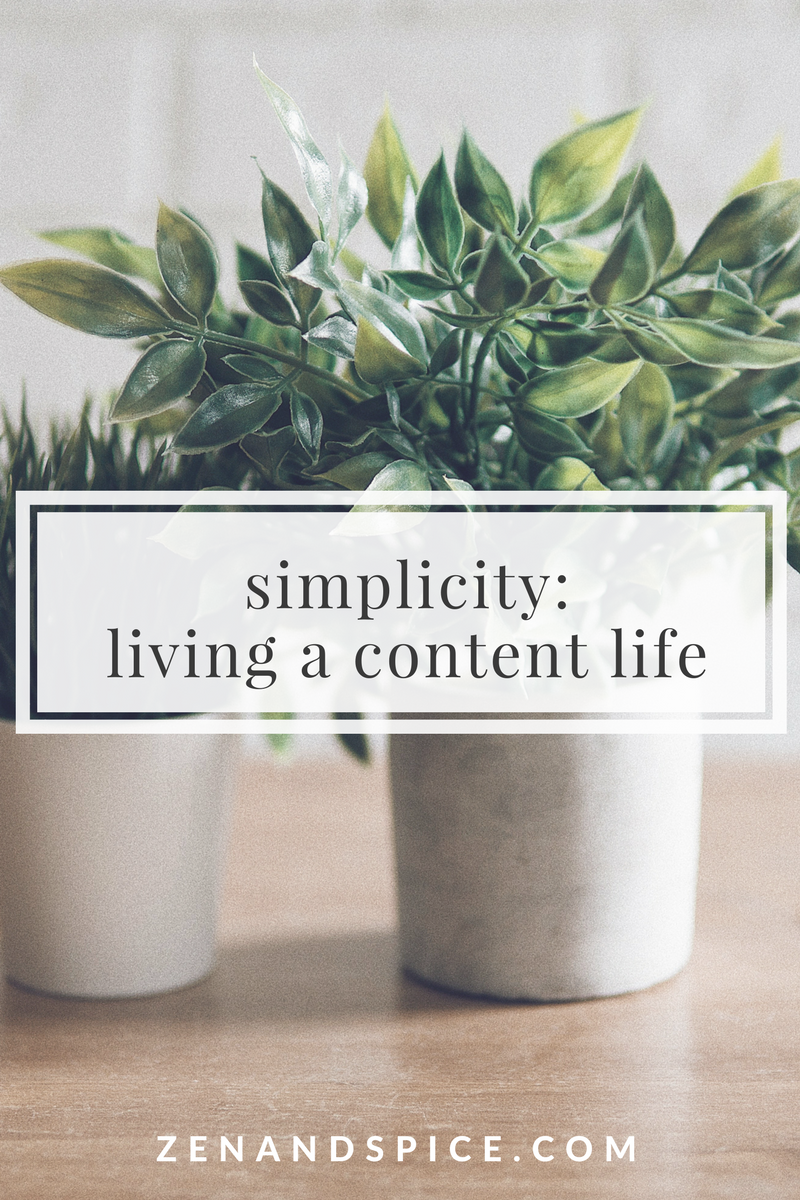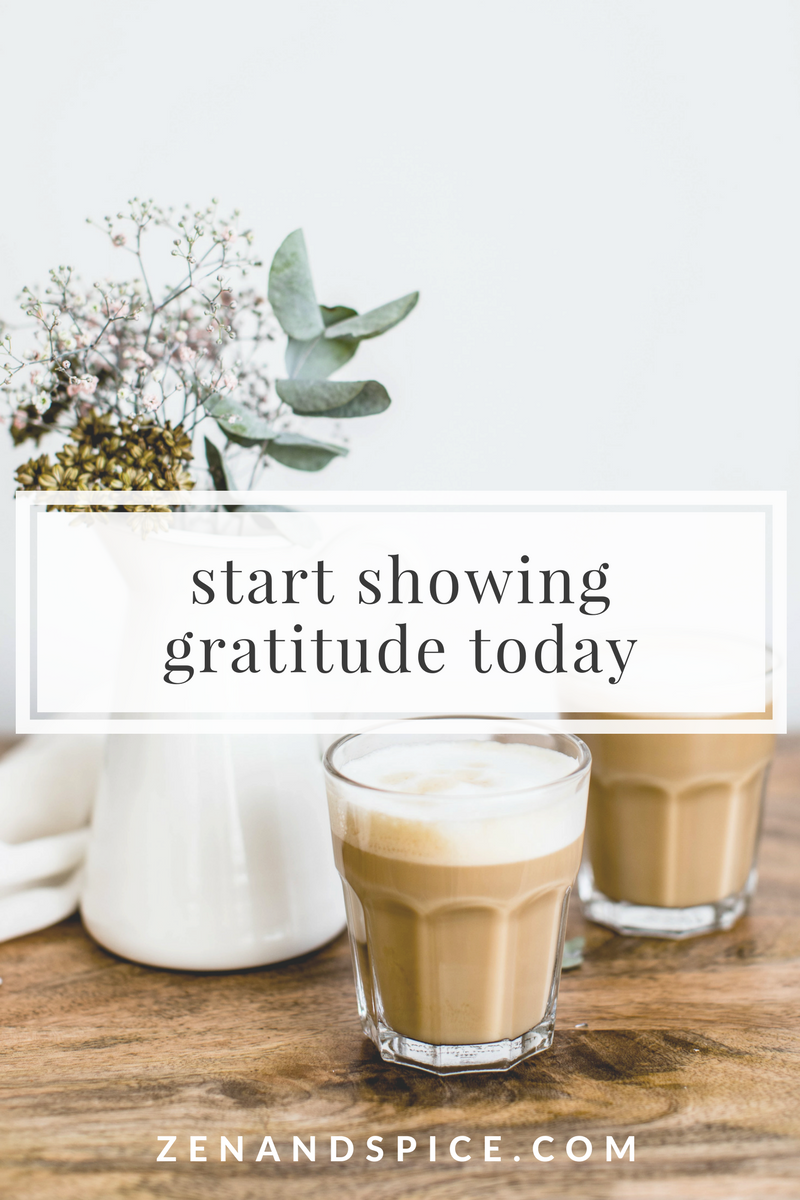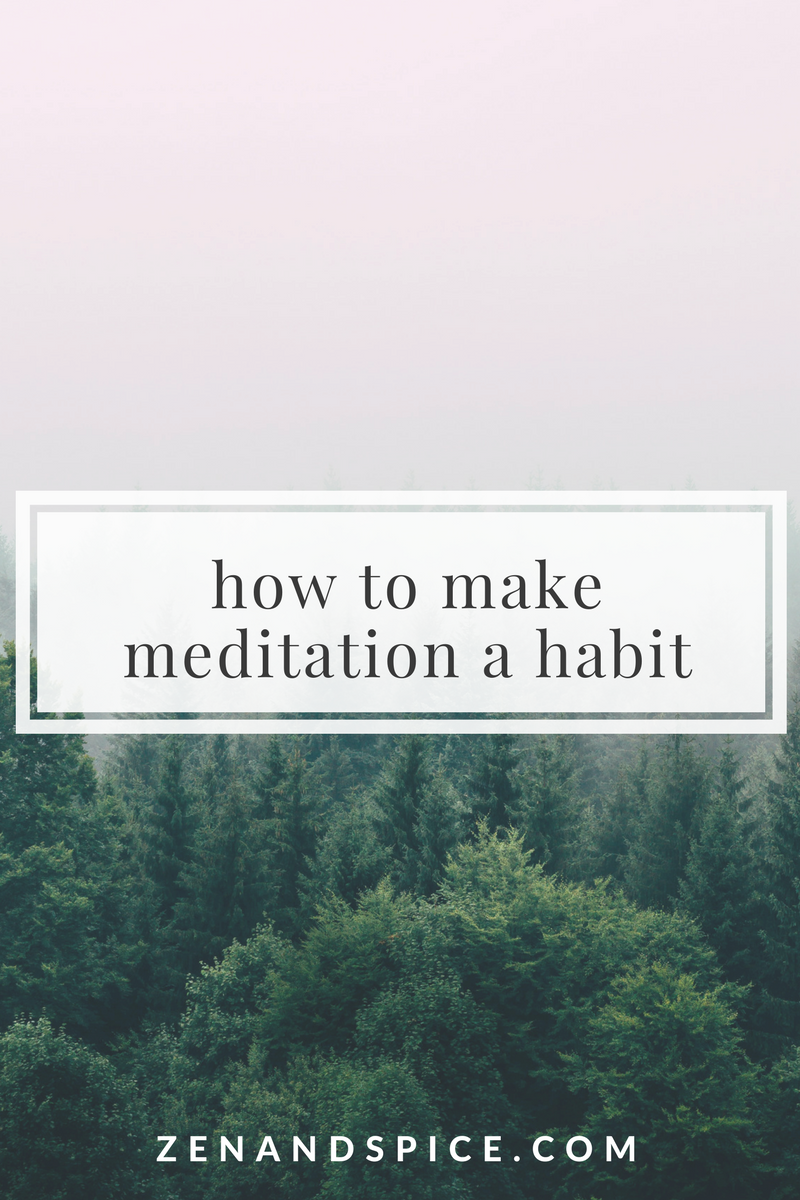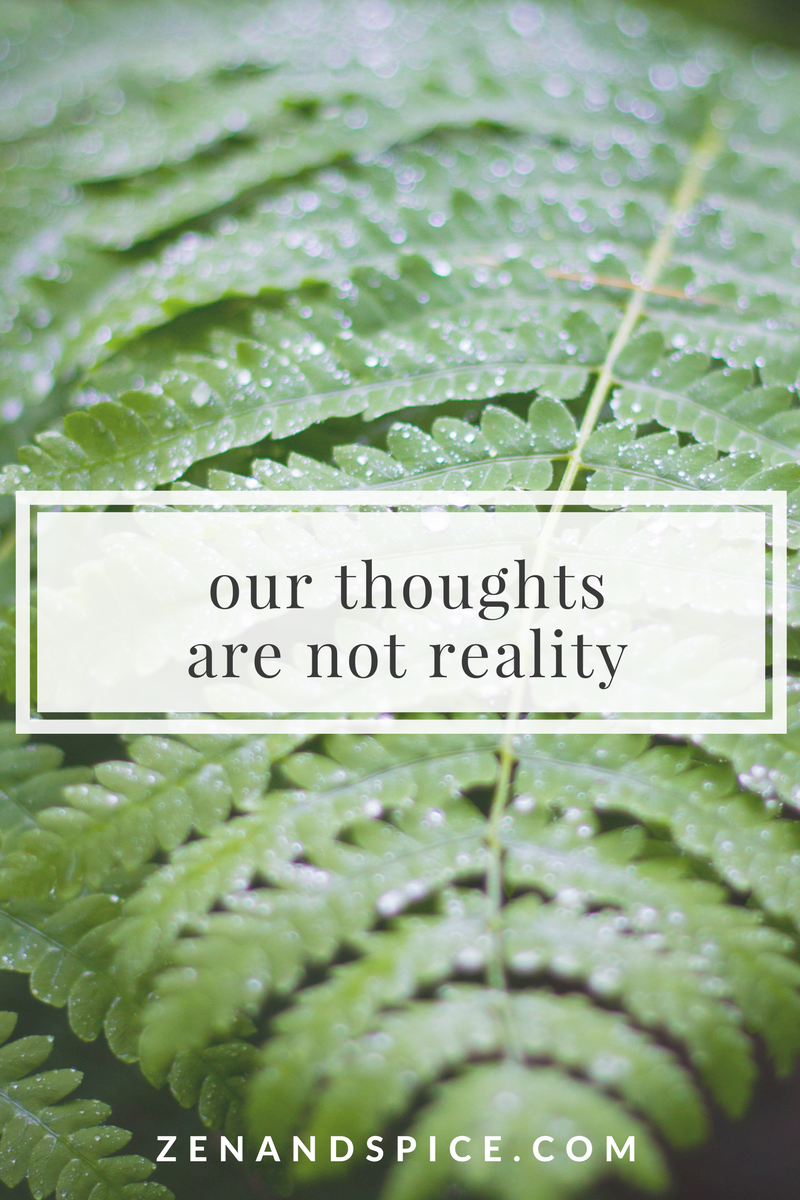Thank you to everyone who’s been keeping up with my recent intuitive eating posts! I’ve been diving headfirst into this intuitive eating, body kindness world, and it’s really exciting. I first learned about the process of intuitive eating a couple years ago, but didn’t devote the time to make sense of it all. This time, I feel totally and completely devoted to figuring this out.
I’m happily announcing that I’m on my to becoming a Certified Intuitive Eating Counselor! I took the first half of the training a couple years ago when I worked at a hospital (they paid for that half, haha). This is super exciting, you guys. I’m currently having supervision sessions with Evelyn Tribole, the author of the Intuitive Eating book (the intuitive eating bible, in my mind!). I have one left, and then I take my exam, and I’ll be certified!
That doesn’t mean that I’m going to start seeing clients again, though. I still have a lot of work to do within myself to get back to a place where I can really help other people. I’ve started therapy on Talkspace (highly recommend!) and have been reading every piece of literature and every IE/HAES book I can get my hands on. I’ve begun an at-home yoga and meditation practice and that has really helped to heal my relationship with my body and food!

I’ve mentioned before that I’ve been dealing with a few disordered eating behaviors, along with a life-long battle with anxiety. I can’t remember a time in life where I wasn’t anxious about something. As a child, I was deathly afraid of swallowing bobby pins (random, I know) and wouldn’t let them a mile near me. As a child and young adult I developed an intense fear of death that came along with a rejection of my faith. Going into my adult years, fears of sickness, failure, jealousy, and insecurity were strong and eventually got so bad, that I developed this odd shortness-of-breath that would not go away no matter what I did (surprise, counseling and meditation did the trick).
I’ve been on anti-anxiety drugs and seen a handful of counselors, but none have made such an impact that mindfulness and meditation has. Meditation is a scary word. The first thing people imagine when you say “meditate” is a person sitting on the ground with their legs all crossed saying “Ohhmm”. They also seem to be afraid of the concept of not thinking about anything. “How can you brain be empty?!”. But it’s so different than you imagine.
A couple months ago, my sister, Leslie, and I went to a few meditation trainings here in Dallas. The very first class we attended, the group leader whipped out my all-time favorite Thich Nhat Hanh book and I thought to myself: Well, gosh. This is just meant to be, isn’t it?
(I’ve been a huge fan of Thich Nhat Hanh for a long time. Despite his hard-to-pronounce name, he’s one of the best mindfulness authors I’ve come across. He’s a Buddhist monk who has written dozens of books on the topic of mindfulness, meditation and Buddhism).
In our meditation group, we first begin with a sitting meditation, which is guided. Next is a walking meditation. Which sounds funny– walking slowly, step by step, one breath with each step– and it feels funny at first, but once you get into it, it’s surprisingly calming. After we meditate together, we usually have a dharma talk which lately includes excerpts from the book we’re studying.
We’ve begun studying the 5 Mindfulness Trainings. These are the most concrete, laid out steps on how to practice mindfulness. They aren’t the ten commandments, they’re more like a guide: saying hey, if you’d like to be happier, here are some things you can try. They’re also non-religious, so any religion can practice them.
I’m going to write a post going deeper into each mindfulness training, but I wanted to just briefly list them here and talk shortly to introduce them.
The Five Mindfulness Trainings
The mindfulness trainings outline the path to love, healing, transformation and happiness. Practicing these trainings helps us stay in the present moment– not worrying about the past or the future.
Reverence For Life
The first mindfulness training encourages us to have compassion for the lives of people, animals, plants, and minerals. It encourages us to cultivate openness, non-discrimination, and non-attachment so we can transform violence in this world.
True Happiness
The second mindfulness training talks about the source of suffering: exploitation, social injustice, stealing and oppression. The happiness and suffering of others are not separate from our own happiness and suffering. Running after fame, wealth and power only brings more suffering. My favorite part of this training: “I am aware that happiness depends on my mental attitude and not on external conditions, and that I can live happily in the present moment simply by remembering that I already have more than enough conditions to be happy.”
True Love
The third mindfulness training is about cultivating healthy, loving relationships, and taking care of sexual energy by cultivating loving kindness, compassion, joy and inclusiveness (the four basic elements of true love).
Loving Speech and Deep Listening
The fourth mindfulness training encourages us to pay attention to unmindful speech. When we’re angry, this training teaches us to practice mindful breathing and walking in order to face anger more calmly.
Nourishment and Healing
The fifth mindfulness training talks about unmindful consumption– which is not only about food. It encourages cultivating good health, both physical and mental, for yourself, your family and your society. The training talks about four ways we get “nutrients”: food, sense impressions (TV, media), volition, and consciousness. It encourages you to practice staying in the present moment to stay in touch with the healing elements around you, and not letting regret or sorrow drag you back into the past, or anxiety and fear pull you into the future.
I like to read through these trainings every now and then while I’m meditating or after yoga. It helps center me and keep me in the present moment.
Like I said, I’m planning an individual post for each of these mindfulness trainings. I’ll talk about my interpretation and how I use it in reference to intuitive eating and body love!
Are you familiar with the 5 Mindfulness Trainings? Do you meditate?






I love this post! I appreciate you being so open about your journey!